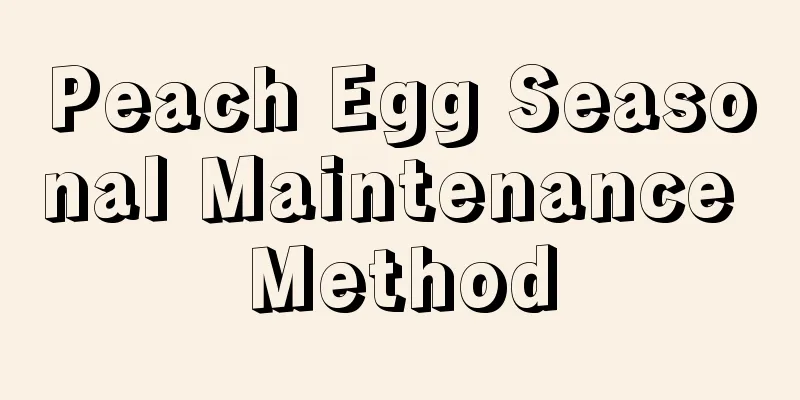The correct way to water flowers with river water The correct way to water flowers with river water

|
River water is rich in nutrients and microorganisms, and is a good nutrient solution for plants and flowers. However, it is necessary to ensure that the river water is not polluted by industry. If there are farmlands or factories around the river, pesticide residues or factory waste will flow into the river through the soil. Polluted river water is not suitable for watering flowers. River water cannot be used directly to water flowers. River water may contain bacteria and insect eggs. Watering flowers directly will harm the plant roots, damage the plants, and cause the soil to become compacted. It is necessary to ensure that the river water does not contain impurities and the temperature is the same as room temperature before it can be used to water flowers. How to water flowers with river waterThe river water needs to be disinfected first. Boil the river water in a container to kill the bacteria and insect eggs in the river water. When the river water temperature drops to room temperature, it can be used to water the flowers. You need to water the roots of the plants or spray the leaves in the morning or evening. When watering, fill the water slowly and water it thoroughly at one time, but avoid water accumulation. Precautions for watering flowers with river waterThe river water used for watering flowers should be unpolluted and of low hardness. If the edges of the stones by the river appear milky white, you cannot use the river water to water the flowers. Moreover, the river water needs to be sterilized at high temperature before it can be used to water the flowers. Do not use river water to water the flowers for a long time, as it can easily damage the plants. |
>>: The correct way to water flowers with glucose is to dilute it into what form
Recommend
How long are the leaves of green radish? Can the leaves be eaten?
1. Leaf length The leaves of the green radish are...
The efficacy and function of the thousand-year-old wood
Ornamental effect Of course, the first thing to t...
Where does corn grow? Where does it like to grow?
Corn growth habits Corn, also known as corn, corn...
What is the use of monk fruit peel? Can it be soaked in water and drunk?
1. The role of monk fruit peel The skin of monk f...
How to grow sapphire succulents and what is the difference between it and ruby
1. How to raise 1. Suitable soil: Sapphire succul...
The Flower Language and Legend of Autumn Peony
The legend of autumn peony The legend of the anem...
How to grow succulents in a non-draining cup
1. Manual drilling If the cup does not drain well...
Why do mimosas close up? Is it really because they are shy?
1. Is it because of shyness? Mimosa will close wh...
Which month is the best to plant potted watermelons?
Many people often throw away the remaining waterm...
How to make cuttings of Catharanthus roseus take root quickly?
Vinca roseus , as a common ornamental plant, is f...
How to drink passion fruit in water
1. How to use it to soak water This fruit contain...
Cultivation methods and precautions of cool water flowers
1. Lighting requirements It likes places with goo...
What causes cactus to turn yellow?
reason Overwatering The potting soil has been in ...
What is the best temperature for planting Zephyranthes?
Which month is suitable for planting rain orchids...
How to eat Pingpo
Rice Ball The specific method is to prepare an ap...









